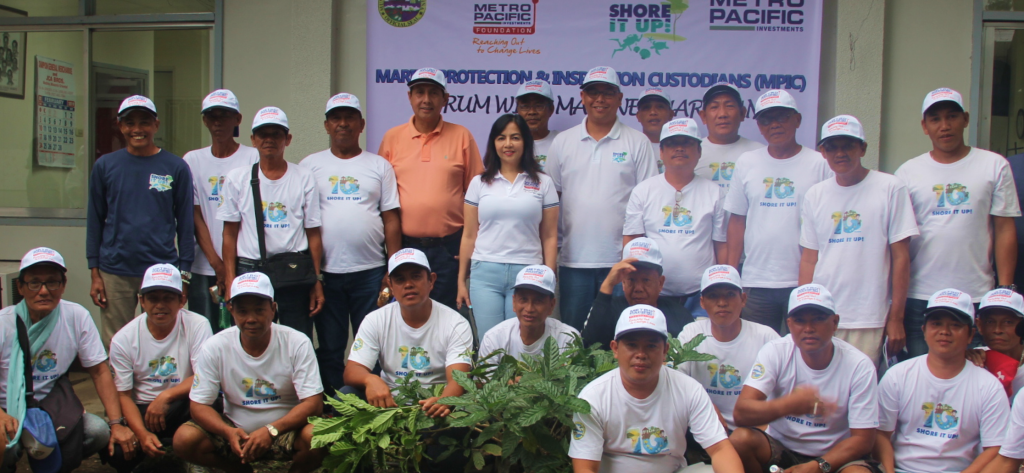MPAs reduce human interaction with resources, thereby allowing the resources to replenish. Although MPAs cannot address all problems in the marine resources, especially continued perturbation beyond their boundaries (e.g., overexploitation, destructive fishing activities, point and non-point pollution sources from industrial, agricultural and domestic runoffs, etc.), they help reduce some anthropogenic-related problems and may enhance the resiliency of marine resources to various stressors including climate impacts (Lubchenco et al. 2003). As such, MPAs have increasingly become a popular tool for CRM in the Philippines and around the globe.
Globally, there are 10,280 MPAs covering 2.3% of the world’s ocean area; most of these MPAs are located in coastal and near-shore areas (2012 World Database on Protected Areas, Spalding et al. 2013). In the Philippines, 1,620 locally managed MPAs have been established as of 2011 (National CTI Coordinating Committee 2013). However, many MPAs in the Philippines are small and not effectively managed (Arceo et al. 2008).
The UP-MSI’s Philippine MPA database currently hold information for a total of 1,871 MPAs in the Philippines.
Establishing and managing an MPA within Integrated Coastal Management (ICM) occurs in different stages that have been adapted from the coastal planning process described in Philippine Coastal Management Guidebook 3: Coastal Resource Management Planning (DENR et al., 2001). Though each MPA is unique, the techniques for encouraging community support and establishing an MPA are widely applicable. The general process and activities for establishing and managing an MPA are outlined below
Shore It Up Observation
During the nine years of visiting partner LGUs and coastal communities with established MPAs, Shore It Up observed challenges in some stages in MPA establishment and management. While phases 1, 2 and the first two points of phase 3 are generally implemented, it was observed that most LGUs find it challenging to enforce rules and regulations, strengthening community involvement and the remaining two phases which are monitoring and evaluation, information management, education and outreach.



